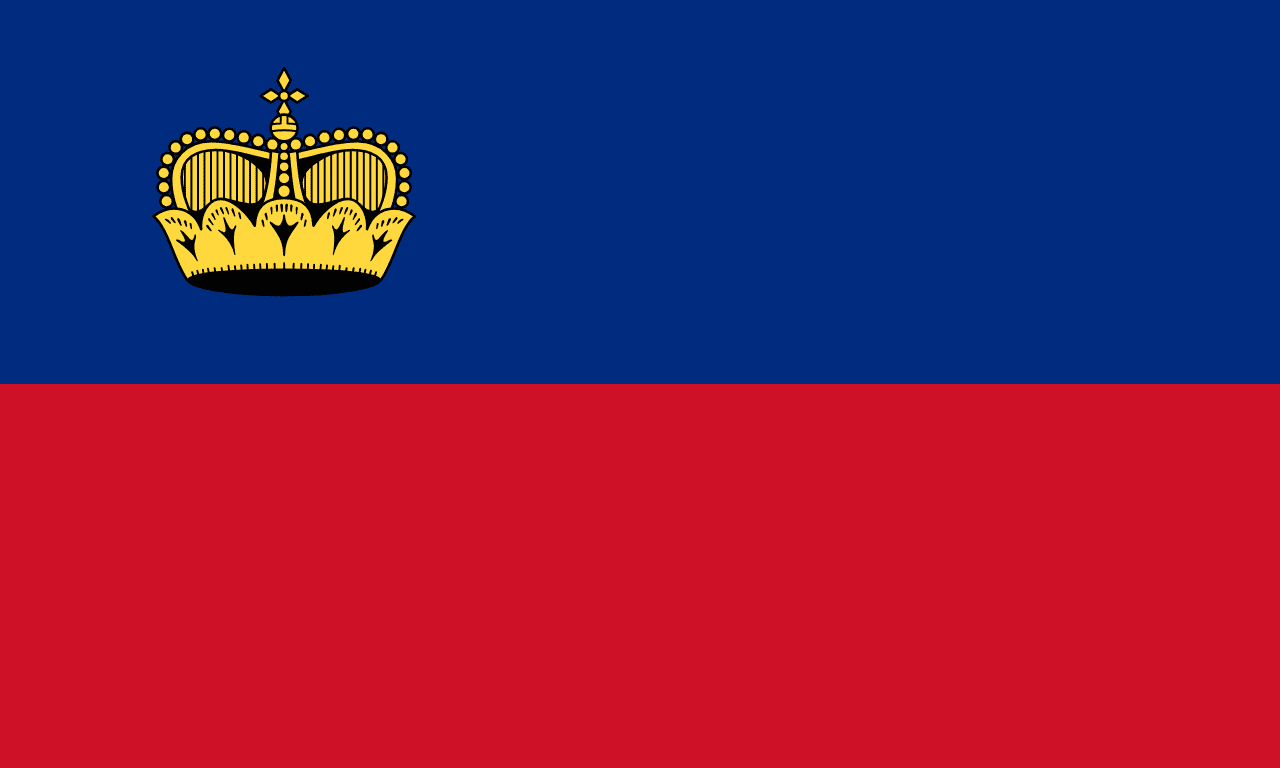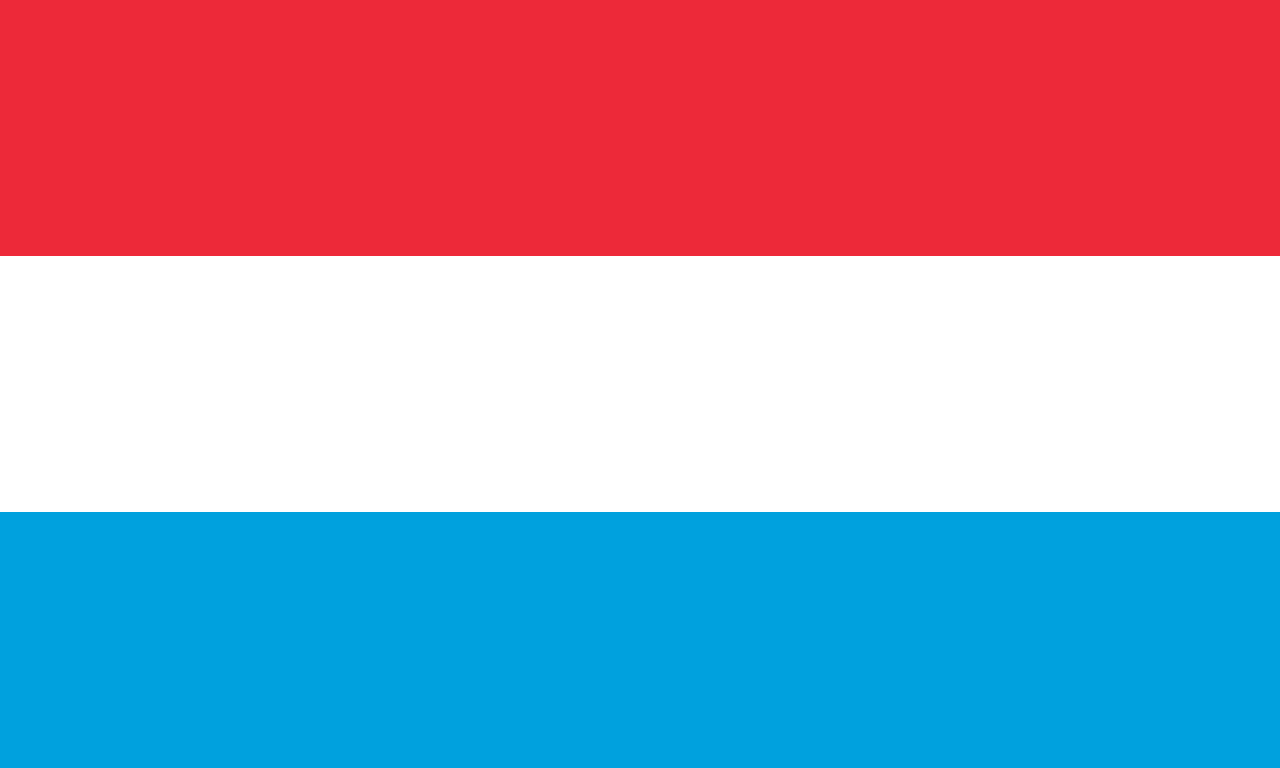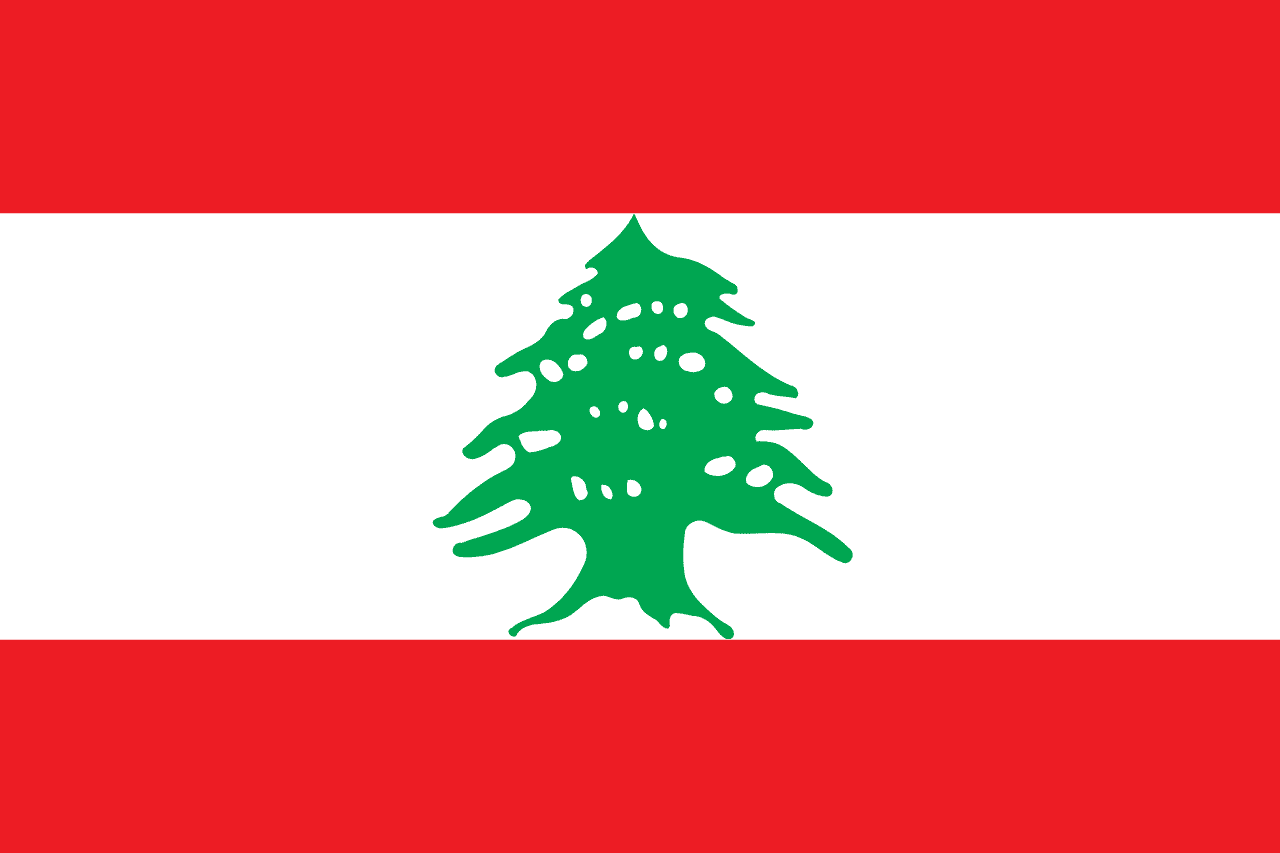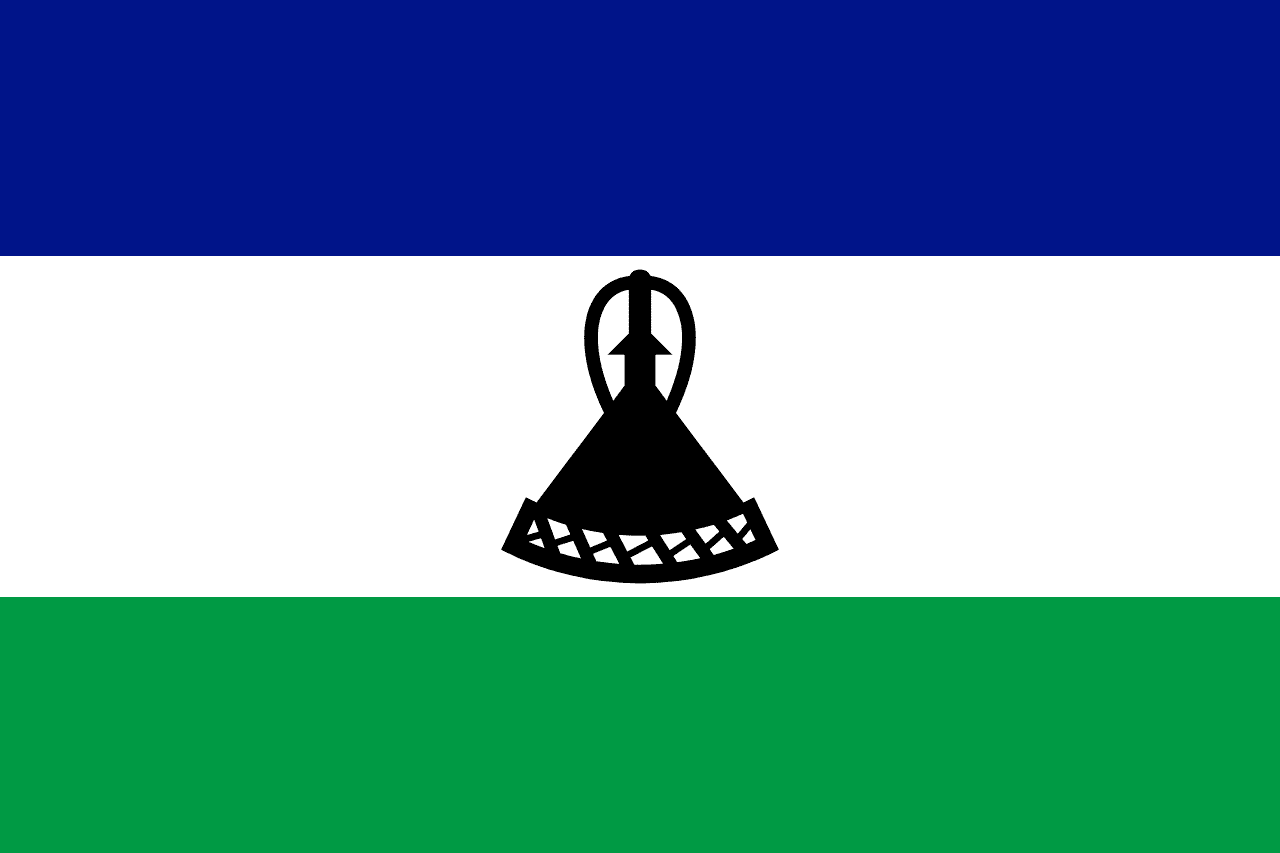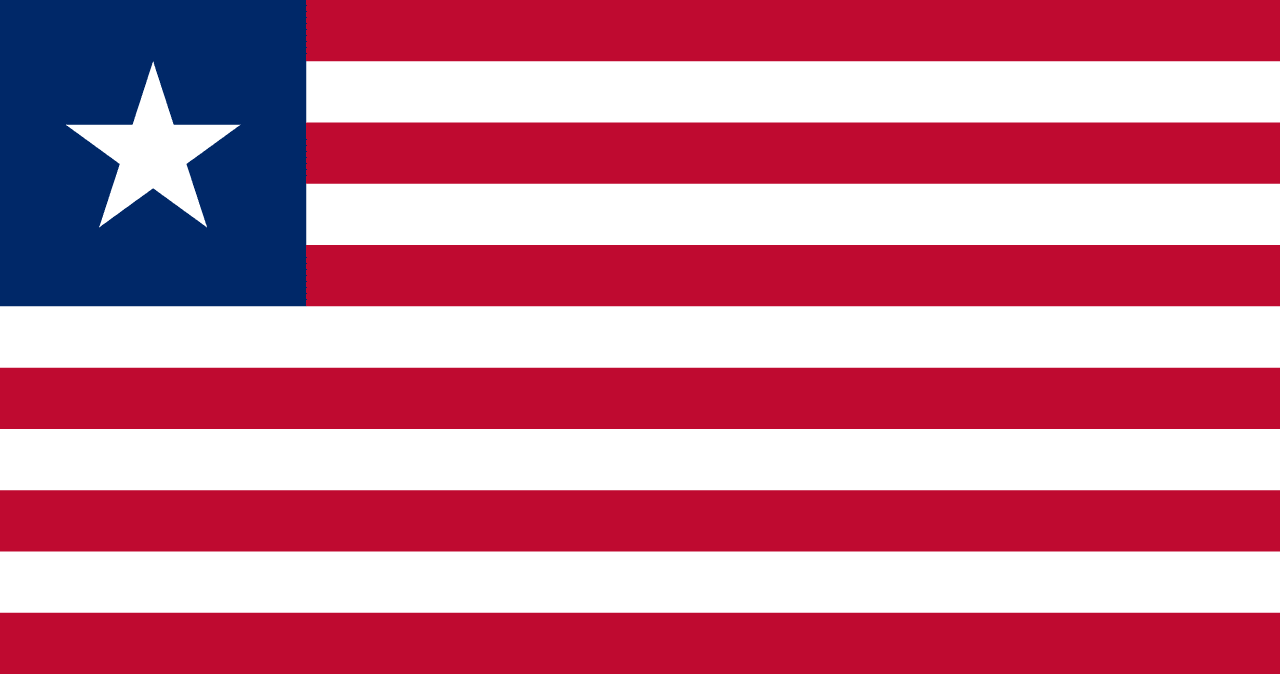The flag of Libya consists of three horizontal stripes: red at the top, black in the middle, and green at the bottom. In the center of the black stripe, a white crescent and five-pointed star are prominently displayed. This design, rich in symbolism, represents Libya's history, culture, and aspirations.
Libya information
| National Flag Day | December 24 |
| Sovereign state | Yes |
| Official name | State of Libya |
| Capital | Tripoli |
| Population | 6,777,453 |
| Area | 1,759,540 km² |
| Currency | Lybian dinar (LYD) |
| Language | Arabic |
| Continent | Africa |
| Region | North Africa |
| Subregion | Maghreb |
| Borders | Egypt, Chad, Niger, Algeria, Tunisia |
| Timezone | Libya Time (EET) UTC+2 |
| Calling code | +218 |
| Top-level domain | .ly |
History of the Libyan flag
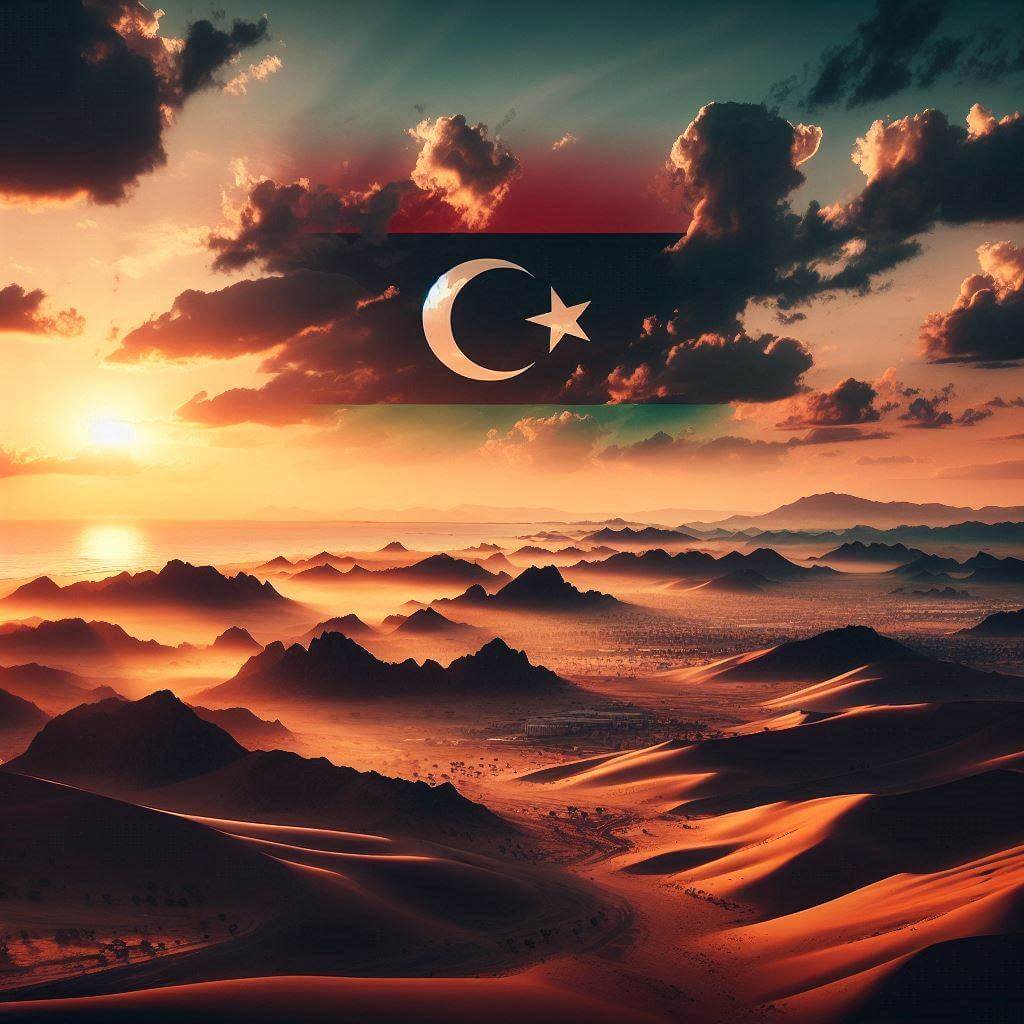 The current Libyan flag was officially readopted on February 17, 2011, following the Libyan Civil War and the fall of Muammar Gaddafi's regime. This flag, known as the "Independence flag," was originally adopted upon Libya's independence on December 24, 1951. It was used until 1969 when Gaddafi came to power and was replaced by a series of different designs. The return to this historical flag in 2011 symbolized a new chapter in Libya's history and a reconnection with its pre-Gaddafi past. The flag's readoption was a powerful statement of change and hope for a democratic future.
The current Libyan flag was officially readopted on February 17, 2011, following the Libyan Civil War and the fall of Muammar Gaddafi's regime. This flag, known as the "Independence flag," was originally adopted upon Libya's independence on December 24, 1951. It was used until 1969 when Gaddafi came to power and was replaced by a series of different designs. The return to this historical flag in 2011 symbolized a new chapter in Libya's history and a reconnection with its pre-Gaddafi past. The flag's readoption was a powerful statement of change and hope for a democratic future.
Symbolism and design of the Libyan flag
Each element of the Libyan flag carries deep symbolic meaning. The red stripe at the top represents the blood shed by Libyans in their struggle for independence and freedom, honoring the sacrifices made throughout the country's history. The black stripe in the middle symbolizes the dark period of Italian colonization (1911-1943) and the struggle against foreign domination. It also represents the richness of the soil and Libya's oil resources. The green stripe at the bottom signifies prosperity, fertility, and the country's agricultural wealth. It also represents hope for a better future. The white crescent and star in the center are traditional symbols of Islam, the predominant religion in Libya. The crescent represents progress and light, while the star symbolizes the five pillars of Islam and the aspirations of the Libyan people.
Usage and significance of the Libyan flag
 The flag of Libya is a powerful symbol of national identity and unity. It is prominently displayed on government buildings, schools, and during national celebrations such as Independence Day (December 24) and Liberation Day (October 23). The flag plays a crucial role in fostering a sense of shared history and common purpose among Libyans, especially important in a country that has faced significant political challenges. In international contexts, the flag represents Libya in diplomatic settings, sports events, and cultural exchanges, symbolizing the country's sovereignty and its place in the global community. During times of national crisis or celebration, the flag often becomes a rallying point for Libyans, embodying their resilience and hope for a stable and prosperous future.
The flag of Libya is a powerful symbol of national identity and unity. It is prominently displayed on government buildings, schools, and during national celebrations such as Independence Day (December 24) and Liberation Day (October 23). The flag plays a crucial role in fostering a sense of shared history and common purpose among Libyans, especially important in a country that has faced significant political challenges. In international contexts, the flag represents Libya in diplomatic settings, sports events, and cultural exchanges, symbolizing the country's sovereignty and its place in the global community. During times of national crisis or celebration, the flag often becomes a rallying point for Libyans, embodying their resilience and hope for a stable and prosperous future.
Interesting facts about the Libyan flag
- From 1977 to 2011, Libya had the world's only national flag that consisted of a single color (green) with no design or insignia.
- The current flag's design is based on the flag of the Kingdom of Libya (1951-1969), symbolizing a return to pre-Gaddafi governance and ideals.
- During the 2011 Libyan Civil War, the "Independence flag" became a powerful symbol of the revolution against Gaddafi's regime.
- The flag's colors (red, black, and green) are pan-Arab colors, connecting Libya to its Arab heritage and the broader Arab world.
- The exact shades of colors used in the Libyan flag are specified in the country's constitutional declaration to ensure consistency in its reproduction.
